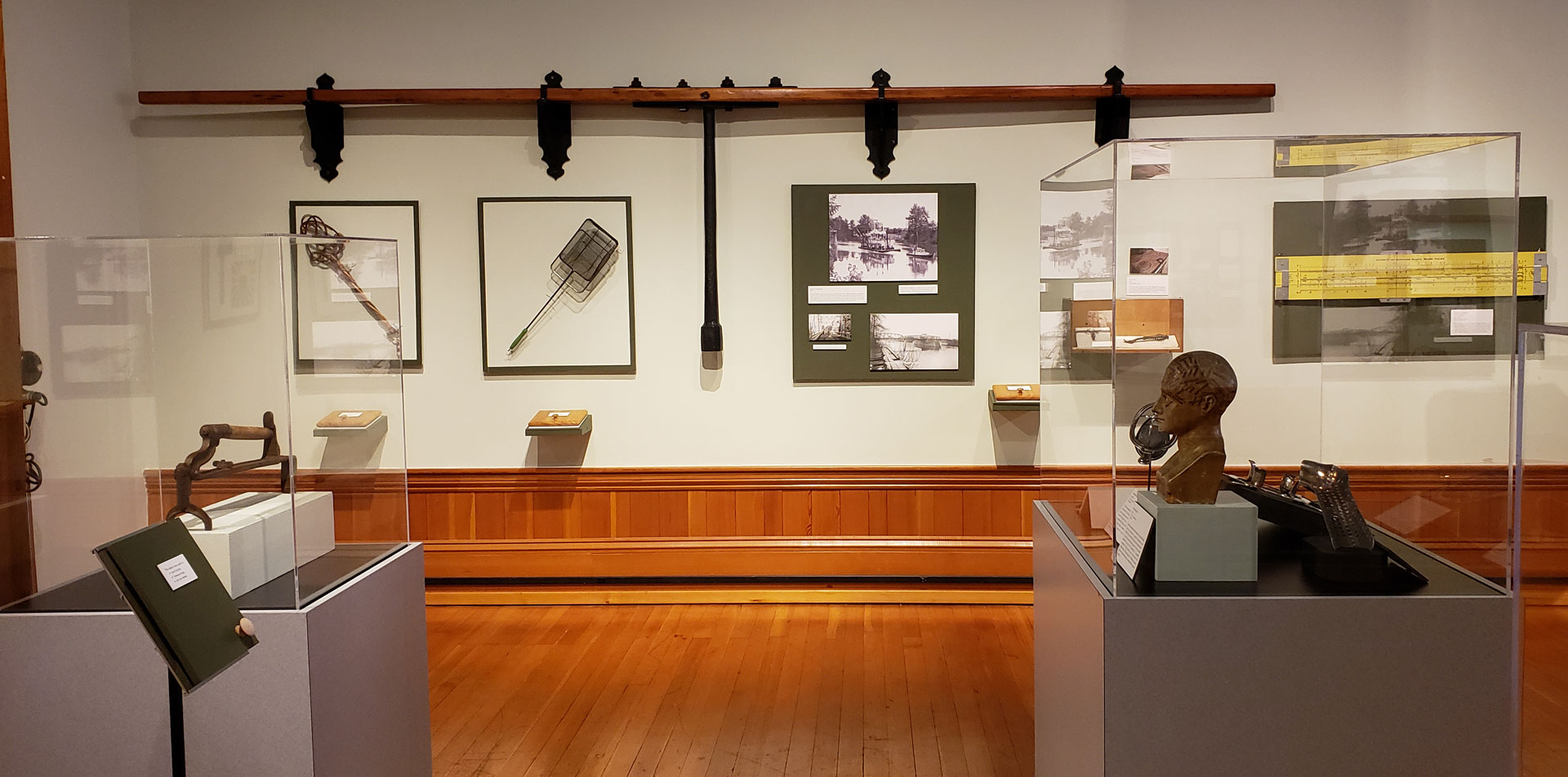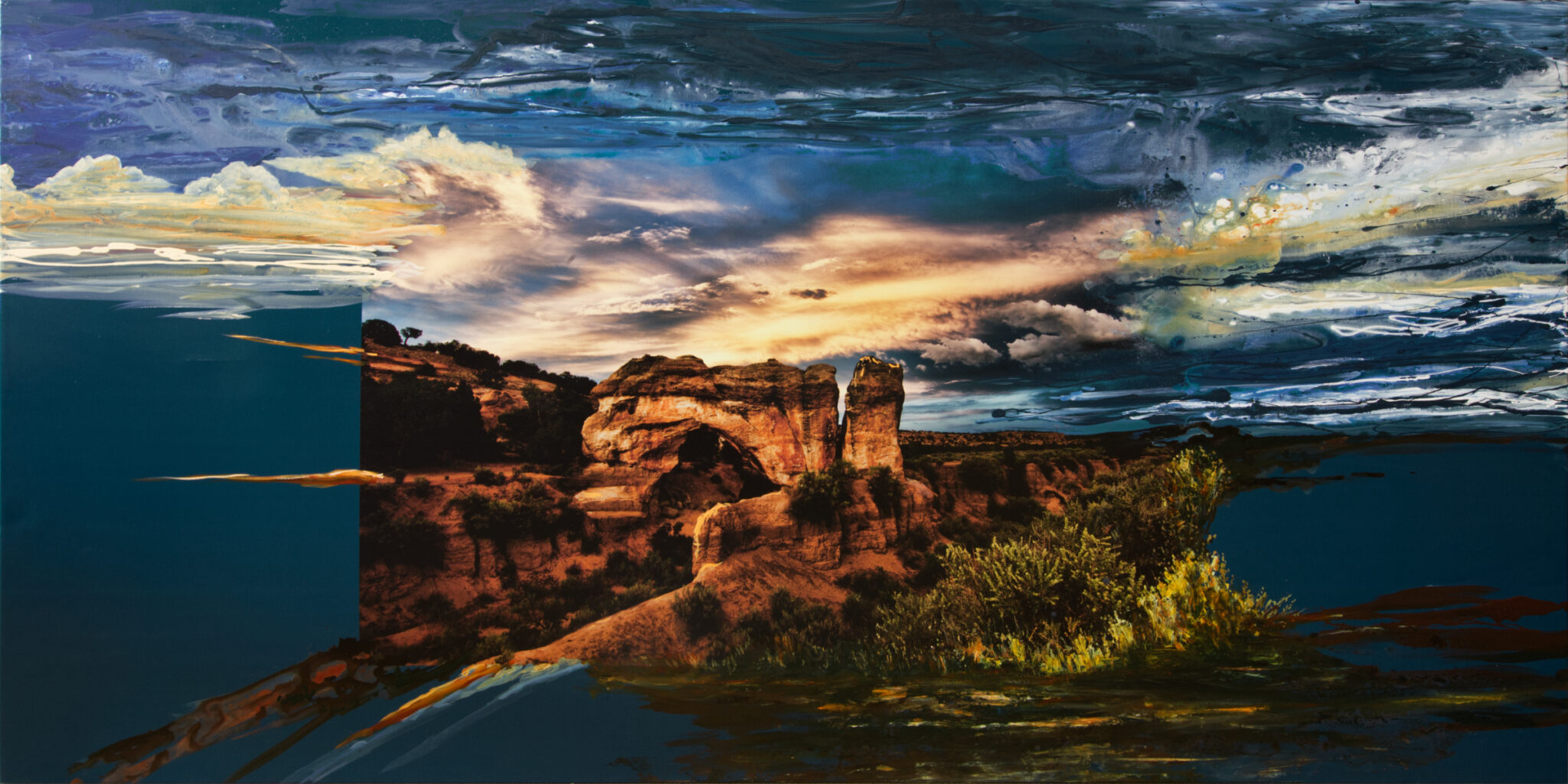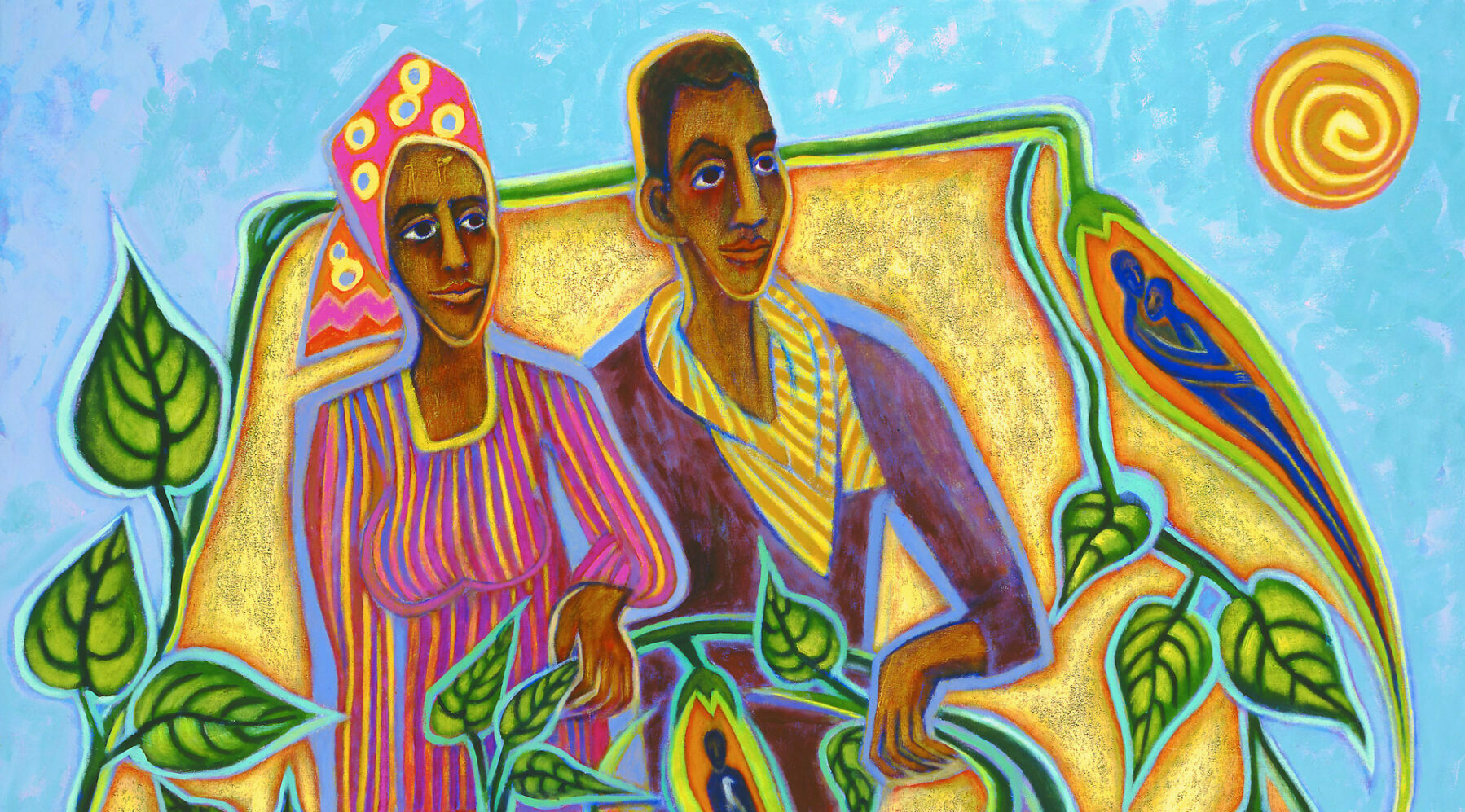Discover What's Inside the
MUSEUMS
Discover What's Inside the
MUSEUMS
Upcoming Events
Throughout the year there's something for everyone!
CHECK BACK SOON!
Current Exhibits
Stories, inspiration, and an artist's journey.
Philomath Museum
March 10, 2024
What Is It?
HISTORY GALLERY
This exhibition shares unusual and outdated artifacts from our permanent collection. ...
Corvallis Museum
April 3, 2024
- July 29, 2024
Spirit Coalescent
FRED & MARY BRAUTI GALLERY
The Spirit Coalescent illuminates the bond between the human experience and nature and how we learn our role and heal from the elements around us. ...
Philomath Museum
April 20, 2024
- July 13, 2024
BRINGING THE WORLD TOGETHER: Paintings, Prints & Panels by Betty LaDuke
MORELAND GALLERY
LaDuke’s current exhibits focus on social justice from multiple perspectives, with colorful, elaborate totems and turtles carrying messages of resilience. ...
Research & Collections
Our collection includes over 140,000 artifacts, including 60,000 pieces in the Horner Collection which was acquired by BCHS in 2008. The collection consists of photographs, historical documents, textiles, quilts, clothing, domestic arts, farm implements, natural history, scientific instruments, and personal possessions.
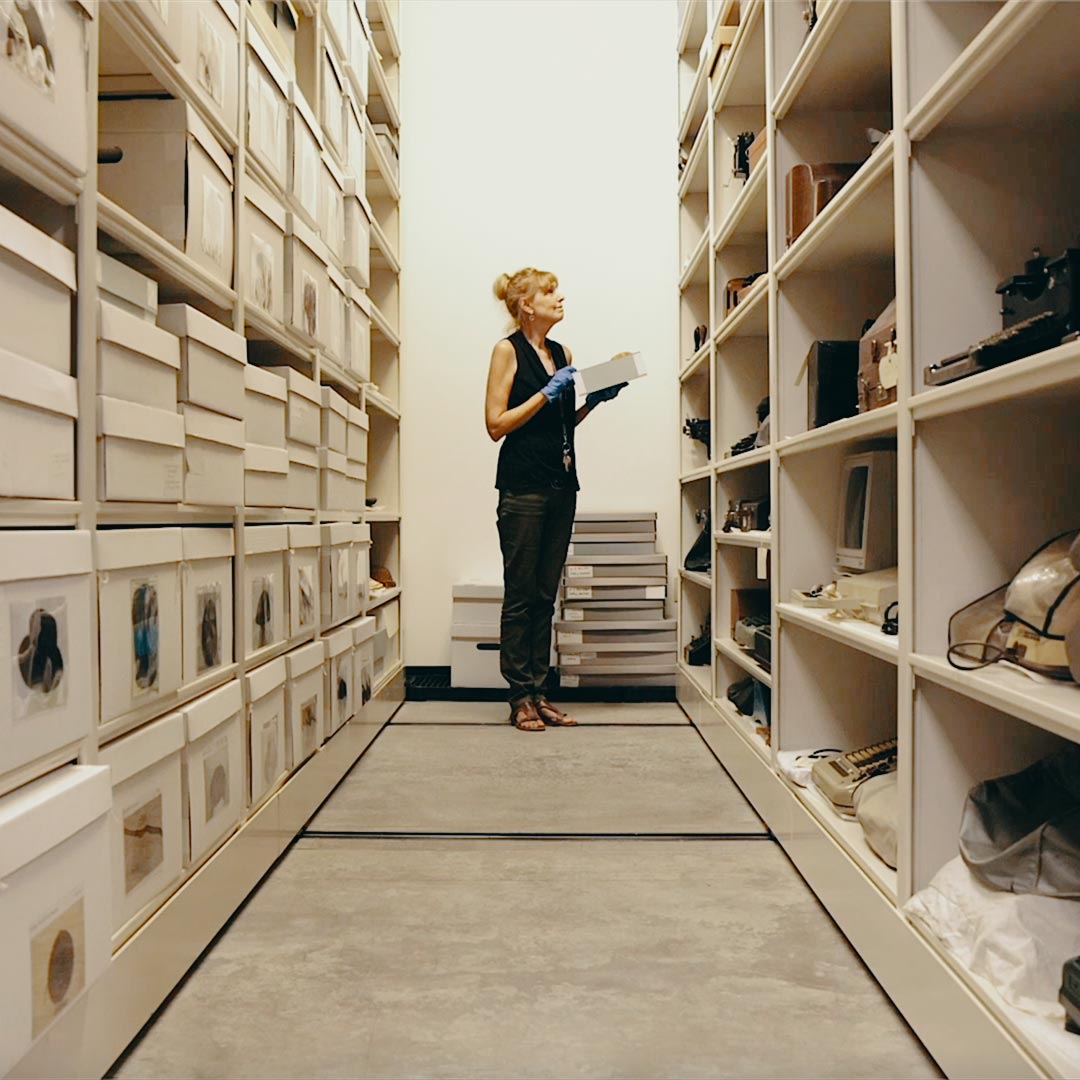
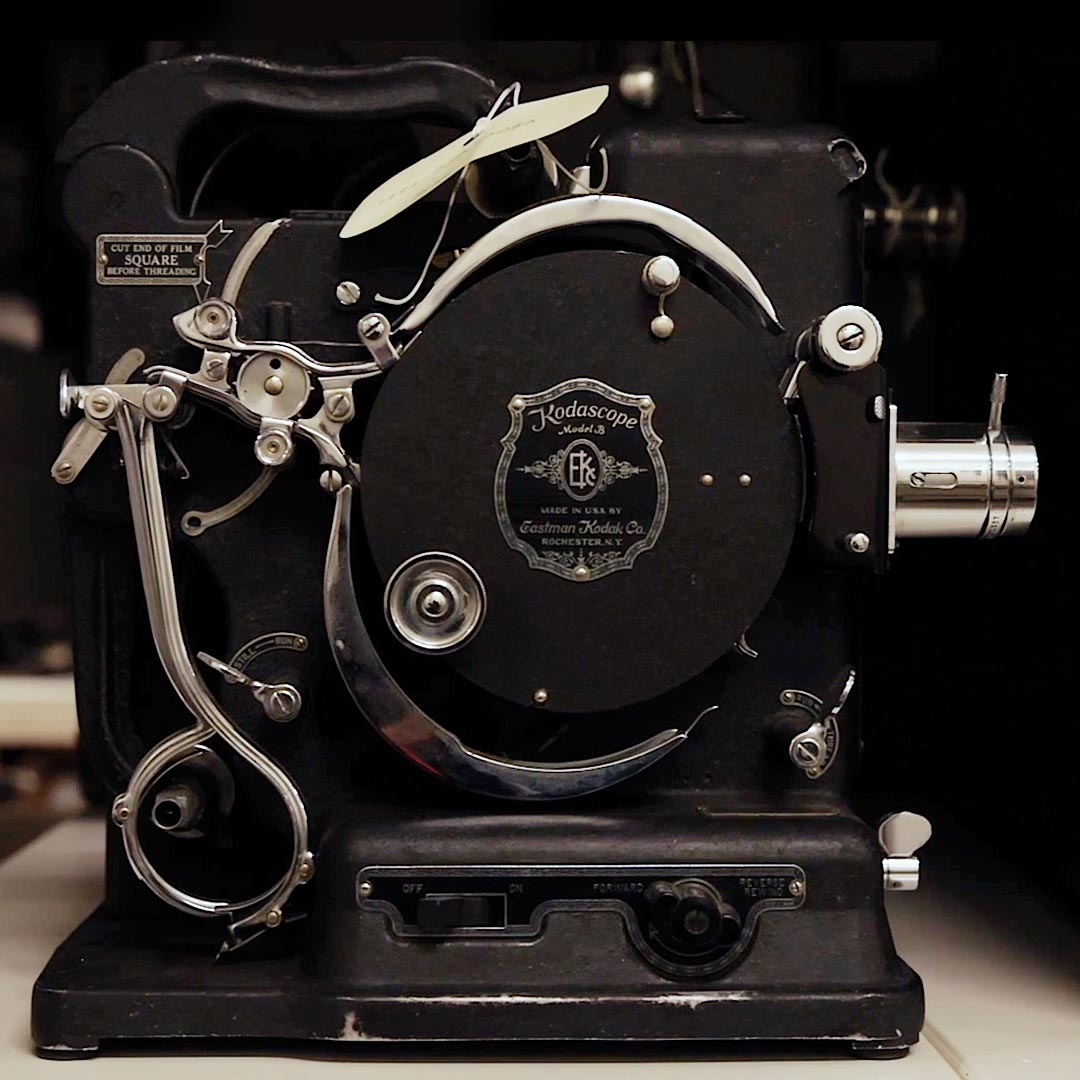
Visit the museums
We look forward to your visit! Click below for directions and hours.
Corvallis Museum
Located in Downtown Corvallis near Riverfront Park, shopping and dining.
See Visitor Information
Philomath Museum
Located on Main Street in Philomath, just five miles west of Corvallis.
See Visitor Information
SHOP THE STORE
The Konick Family Museum Store is located in the Corvallis Museum and is open the same hours. You can also shop for select gifts and memberships online!
Join and Give
Your support makes a difference to the museums, educational programs, and exhibitions.
